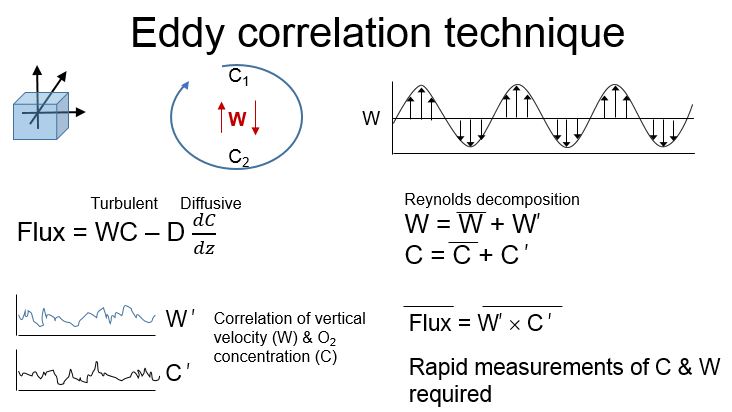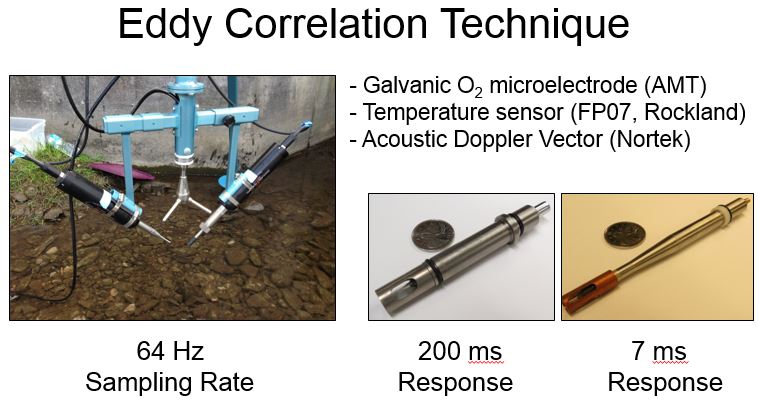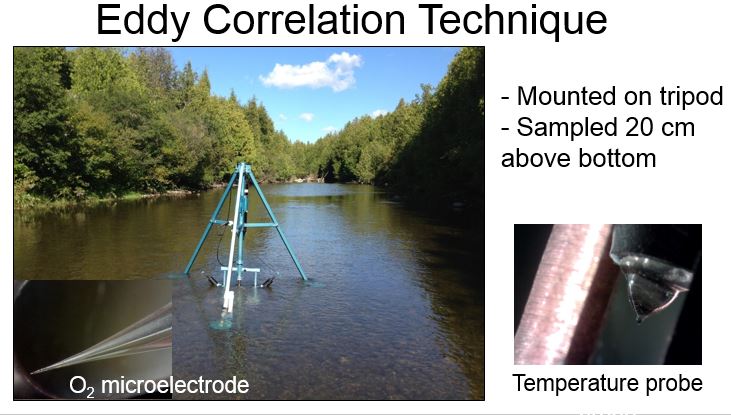
Visiting Assistant Professor
The Maritime Studies Program
Williams College & Mystic Seaport
Mystic, CT, USA
mtn1 (at) williams (dot) edu
BENTHIC METABOLISM & EDDY CORRELATIONAnthropogenic nutrient loading has led to eutrophication of many aquatic ecosystems around the world. Although progress has been made in nutrient abatement from urban areas, cottage communities and agricultural lands, recovery in coastal ecosystems may follow a range of ecological trajectories. Internal loading alone may provide sufficient nutrients for persistent eutrophication, even when external loads have been controlled. This can lead to low hypolimnetic oxygen concentrations, endangering the health and survival of juvenile fish and benthic invertebrates. Thus, direct field measurements of biogeochemical flux are necessary to build effective hydrodynamic-biogeochemical models. Traditional methods of measuring benthic flux involve methods that disrupt natural hydrodynamic, biological and light conditions. Such limitations bias estimates of benthic flux, hindering predictions concerning ecosystem responses to changes in nutrient loading.To determine whether internal nutrient fluxes counteract decreases in external loading, I employ a non-invasive eddy correlation technique (EC) to estimate O2 flux across the interface between benthic habitats and overlying water columns. The approach draws upon the statistical correlation between changes in scalar concentration (e.g., O2) and vertical velocities associated with turbulent eddies. EC estimates flux under natural hydrodynamics and light conditions, without interfering with natural benthic communities. Indeed, the EC device can measure flux above irregularly shaped mussel or macrophyte beds. The system can also be fitted to measure other scalars to estimate changes in parameters such as fluorescence or pH.
|
Movie 1. Eddy correlation system.


